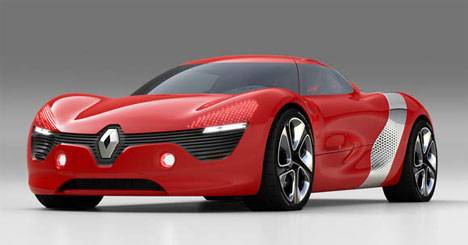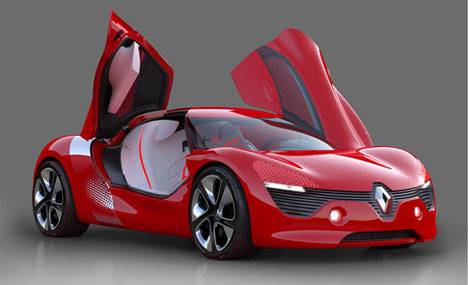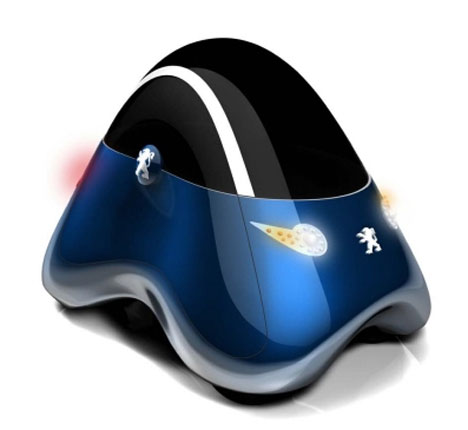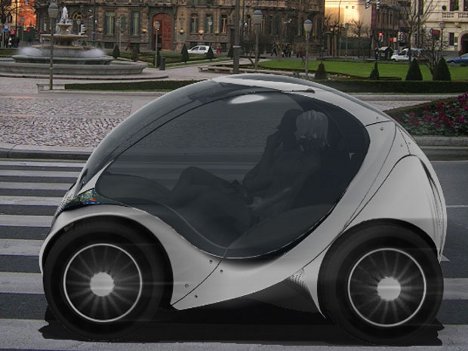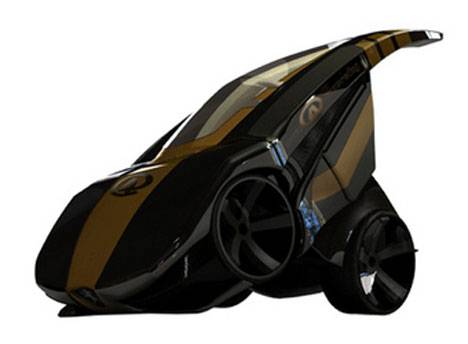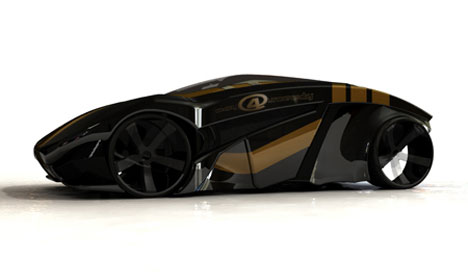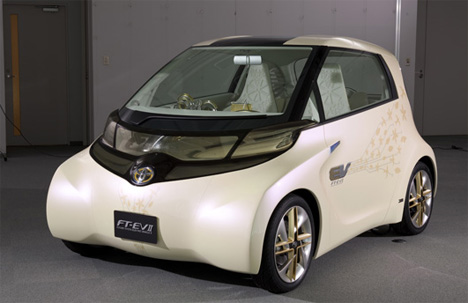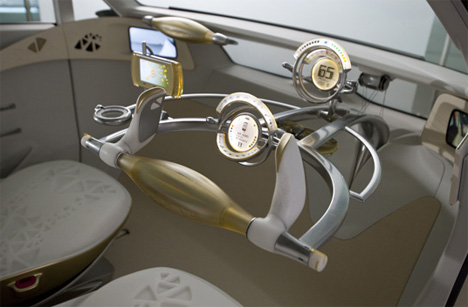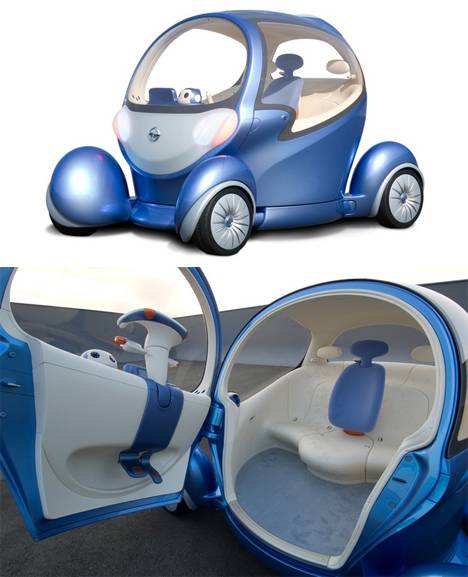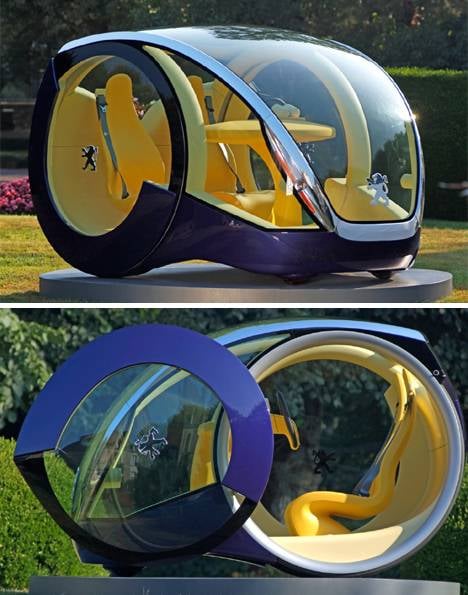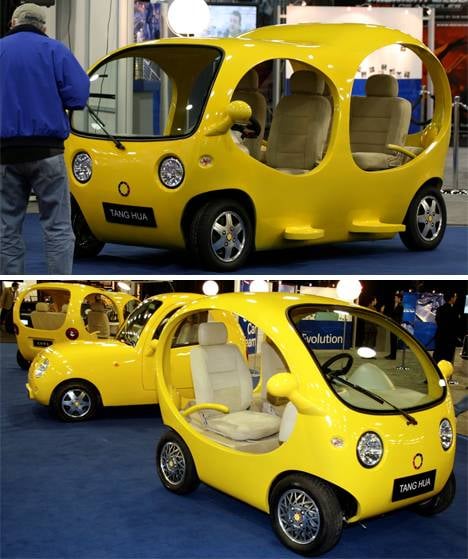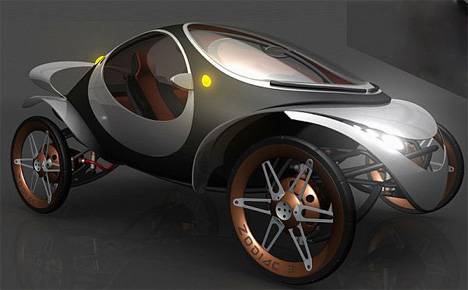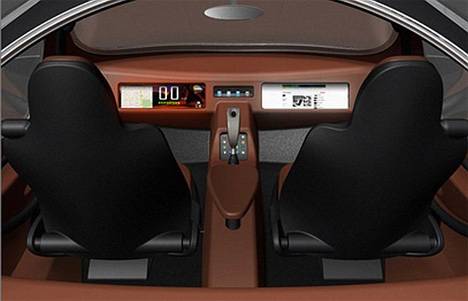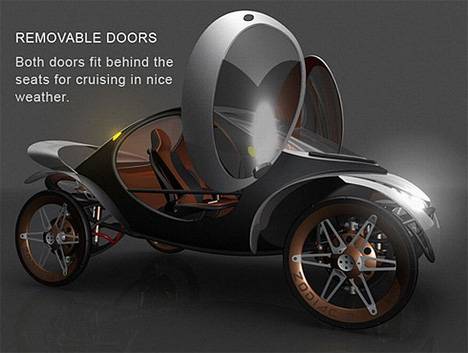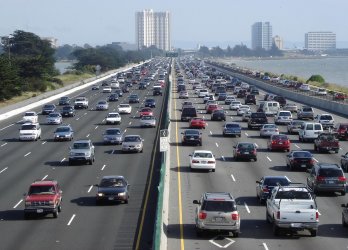You think Im exagerating about the level of misery these environmental nutters live in......wanting to change everybody else. They will not rest until everybody is as miserable and fucked up as them............
Behold the typical driver of these little gay cars and teh hate they hold for those who dont drive what they do................listen to this fucking nut.........this is indeed your typical environmentalist k00k-ass nutter.
[ame=http://www.youtube.com/watch?v=CVdMySWfAIQ&feature=player_embedded]You got to see this, Getting yelled at for the diesel truck I drive - YouTube[/ame]
These fucked up people do not believe in freedom and choice and loath you for not trying to be like them.
Behold the typical driver of these little gay cars and teh hate they hold for those who dont drive what they do................listen to this fucking nut.........this is indeed your typical environmentalist k00k-ass nutter.
[ame=http://www.youtube.com/watch?v=CVdMySWfAIQ&feature=player_embedded]You got to see this, Getting yelled at for the diesel truck I drive - YouTube[/ame]
These fucked up people do not believe in freedom and choice and loath you for not trying to be like them.
Last edited:




